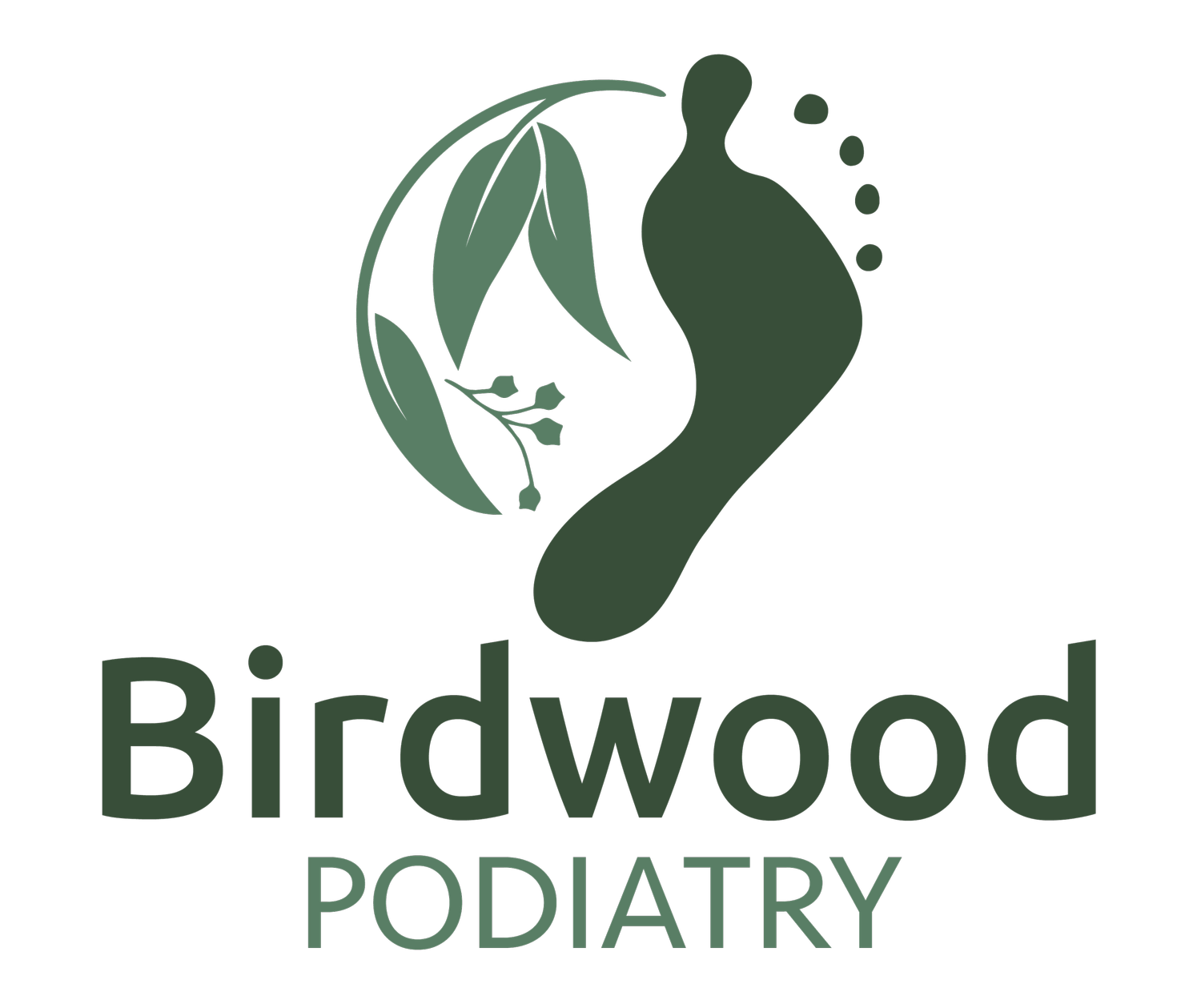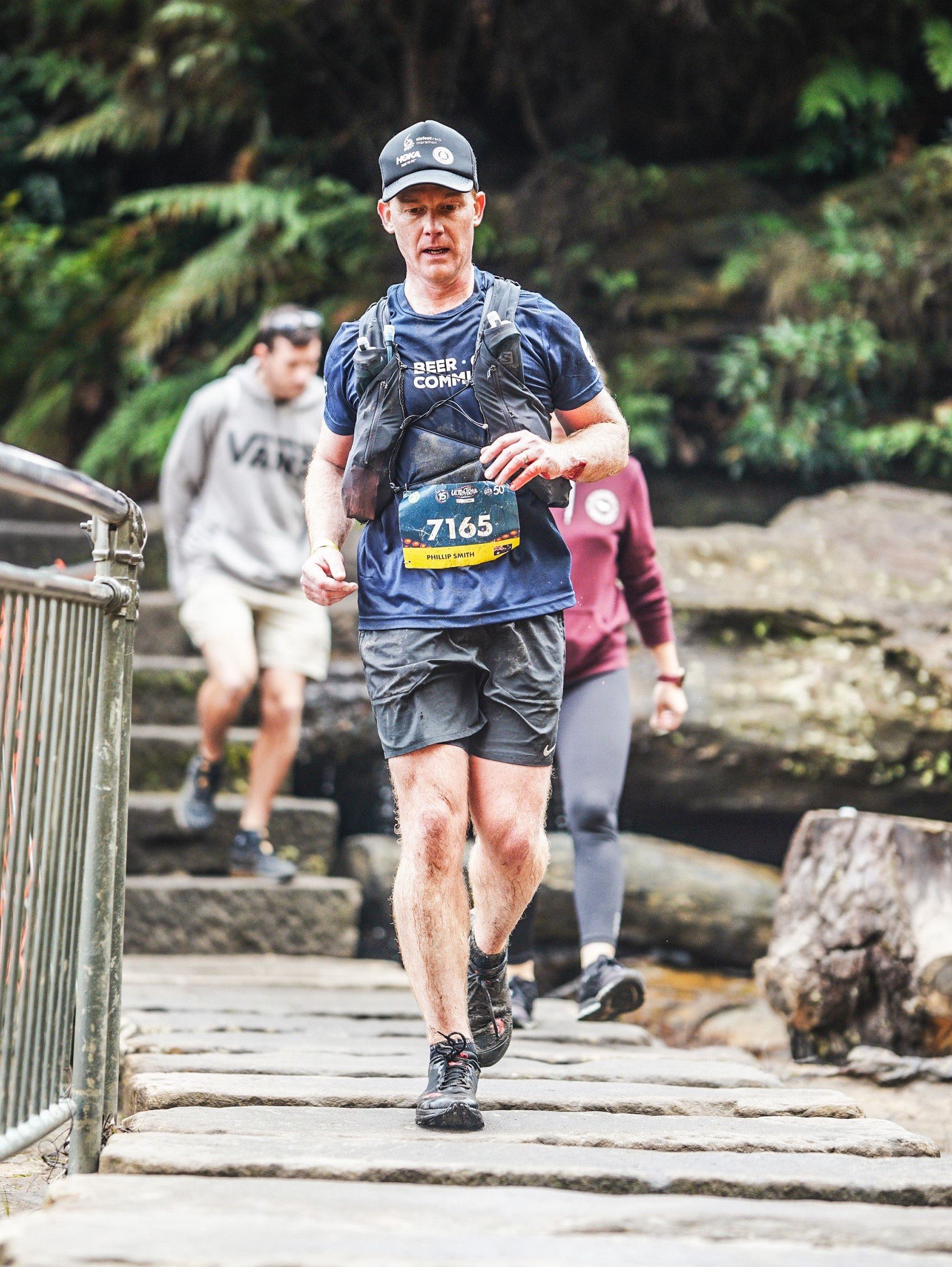Running Technique
5 Things to Remember when looking at Running Technique
Many runners don’t start to think about their running technique until they have been running for some time. If you’ve been running for a long time without injury or pain - you won’t need to alter your technique. Although, if you are experiencing injury or if you have plateaued, having your technique assessed is a good place to start.
It is important to remember that running does not simply involve the legs and feet. Instead, recognising the body as a unit connected by fascial lines and running as a complex movement, is key to avoiding injury. Any changes to running technique should be made gradually, never running through pain and optimally under supervision and guidance by a coach or running expert.
To assess your running technique, use the list below as a guide to a better running form:
Posture - Hold your head up
Lift from the top of your head rather than simply straightening your back. Keeping a straight back can lead to overcorrection which ends being counter productive to your running technique. Think about elongating your spine and activating your core. A strong core will ensure there is not too much deviation of the torso from its centre of gravity. Allow your shoulders to be relaxed and remain open through your chest. Hunching over will decrease oxygen flow through the lungs, which in term will decrease efficiency.
Your posture should remain upright, however it should also be relaxed. Keep your shoulders relaxed and away from your ears. As people fatigue it is common to see the quality of running form reduce. Runners with raised shoulders leads to tension. A stiff upper body causes abnormal rotation through the midline and lower limbs increasing strain and impacting forward flow.
Arms
Arms are a very important aspect of running technique. Directing arm swing controls the effective use of energy, and in turn improves efficiency. Arm swing should be directed straight forward and back; without crossing the midline of the body. Keeping elbows close to your sides, ensuring that your arms are not crossing over your body as this can decrease momentum.
Your elbows should remain at a 90-degree angle with hands held loose in unclenched fists. To help keep hands loose, you can imagine yourself holding a tube of toothpaste and trying to run without squeezing.
Forward Tilt
Good running form requires a slight forward lean, but it is important to understand this “forward lean” comes from the ankles and not from not the waist. Imagine that your body is a straight line.It can lean, but should not be bent along that line. This is a helpful form cue that helps you maintain a tall and uplifted posture while running
Having a slight forward lean capitalises on momentum and allows for a rolling run. However, much like your shoulders, continue to watch your form when fatiguing as you are more likely to start leaning backward.
Strike the ground under your body
Heel, midfoot or forefoot striking - which is best?
That is up to you and what feels most comfortable. Different strike patterns will have different loading points through the lower limbs. However, if you aren’t havingpain and needing to redistribute load then there is no need to adjust. Cast your mind back to highschool physics, when you may have learned that every action has an equal and opposite reaction.
When it comes to the strike pattern, the most important consideration is where in relation to the body's center of gravity the foot is striking the ground. Your foot should be landing under your centre of gravity, not in front of it.
Often we assume that a longer stride is better. That by stretching the foot further ahead you can increase the ground covered and achieve a faster finish time. Known as overstriding; as your foot reaches out in front of the body rather than underneath it, not only increases your risk of injury but has the opposite effect on efficiency. Overstriding tends to limit forward momentum, creating a heavy run and increases the load on your joints.
A slight knee lift is necessary to avoid shuffling. A shuffling running gait mis-aligns the muscles and tendons in the lower leg and increases pressure on these areas. So for efficiency and to avoid overuse or injury, focus on lifting your knees in front of your hips.
Cadence
Optimally, to increase your speed and soften your run, focus on a higher cadence (Steps per minute) and drive the leg back under your body from the hips. It’s the most common metric used to measure running form and remains important for several reasons.
For faster, more efficient running, your stride rate should be quicker. Low cadence often means you likely also have a long stride. Overstriding tends to lock the knees and causes your heels to slam to the ground on every step. More time is spent in the air and as you descend, your full body weight hits the ground much harder. This not only slows you down but creates a choppy, bouncy gait, which places extra pressure on your joints and bones making you more susceptible to injury.
A higher cadence will see your foot land underneath you – under your center of gravity, and all the energy you put into your next stride will be pushing you forward. - MAKING YOU QUICKER. There is also a heck of a lot less shock shooting up your legs so injuries are less likely. Remember, highschool physics: equal and opposite reaction! (See above)
The more steps you take per minute, the less time you spend in the air meaning your body hits the ground with a softer impact on landing.
Cadence is not one size fits all. Your optimal cadence depends on several factors, including your height, weight, and running ability but most efficient runners will sit in the range of about 175-185 bpm. Cadence also varies based on the type of run you’re doing - get that number high when going downhill to decrease knee injuries! Cadence for long distance running will be slower than racing. So you should determine your base cadence for your running pace. Whether you reach 180 SPM or not - even small increases will still improve your running performance and reduce your chance of injury.
Remember to increase gradually. Trying to increase your cadence too quickly will likely lead to injury.
If you would like help with your running technique, book in with one of our podiatrists for an assessment.
Phil and Ed can break down the functional movement of your gait and running form to determine if this may be contributing to injury.
To book an appointment, click here

